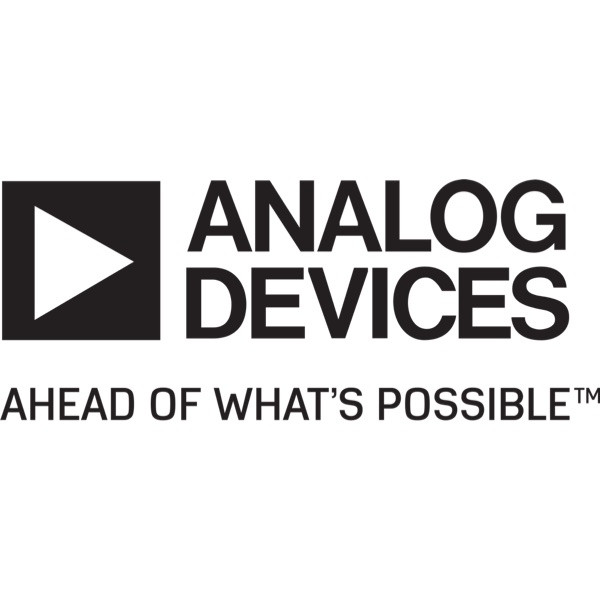Buck-boost battery charging controller with maximum power point tracking and I2C
29-01-2021 | Analog Devices | Semiconductors
Analog Devices introduces the LT8491 buck-boost battery charging controller that features MPPT, temperature compensation and I2C interface for telemetry and control. The device functions from input voltages above, below or equal to the regulated battery float voltage. The device provides three selectable CC-CV charging profiles, making it excellent for charging a mixture of battery chemistry types covering sealed lead acid, gel and flooded cells, and Li-Ion. All charge termination algorithms are offered onboard, removing the requirement for software or firmware and thus lessening design cycle time.
The device works over a 6V to 80V input range and can deliver a 1.3V to 80V battery float voltage output utilising a single inductor with four-switch synchronous rectification. The device can charge currents as high as 10A depending on the selection of external components. The device may be paralleled with multiple LT8705 (80V buck-boost controller) devices for even higher power operation.
The device can do a sweep of the full operating range of a solar panel, discovering the true maximum power point, even in the presence of local maxima points created by partial shading of the panel. Once the true maximum power point is detected, the device will operate at that point while employing a dithering technique to track slow changes in the maximum point. By utilising these methods, the device can fully employ nearly all the power produced by a solar panel even in non-ideal operating environments.
The controller is able to perform automatic temperature compensation by sensing an external thermistor thermally coupled to the battery. The I2C interface gives complete control of the charger and input/output voltage, current, and power values. The device is offered in a low profile (0.75mm) 64-pin 7mm x 11mm QFN package and is guaranteed for operation from -40C to 125C.


